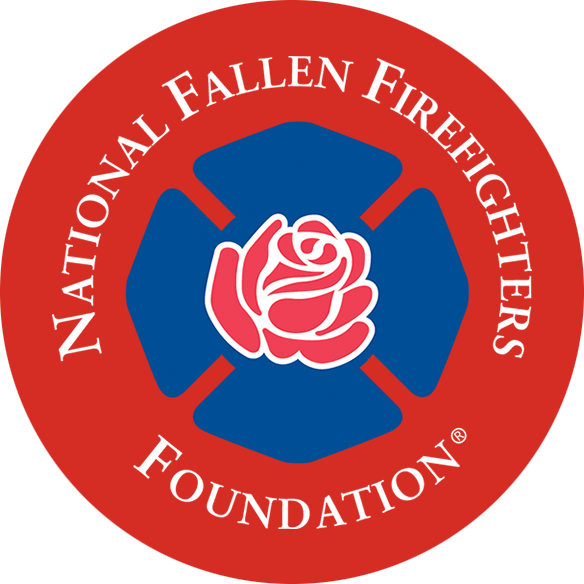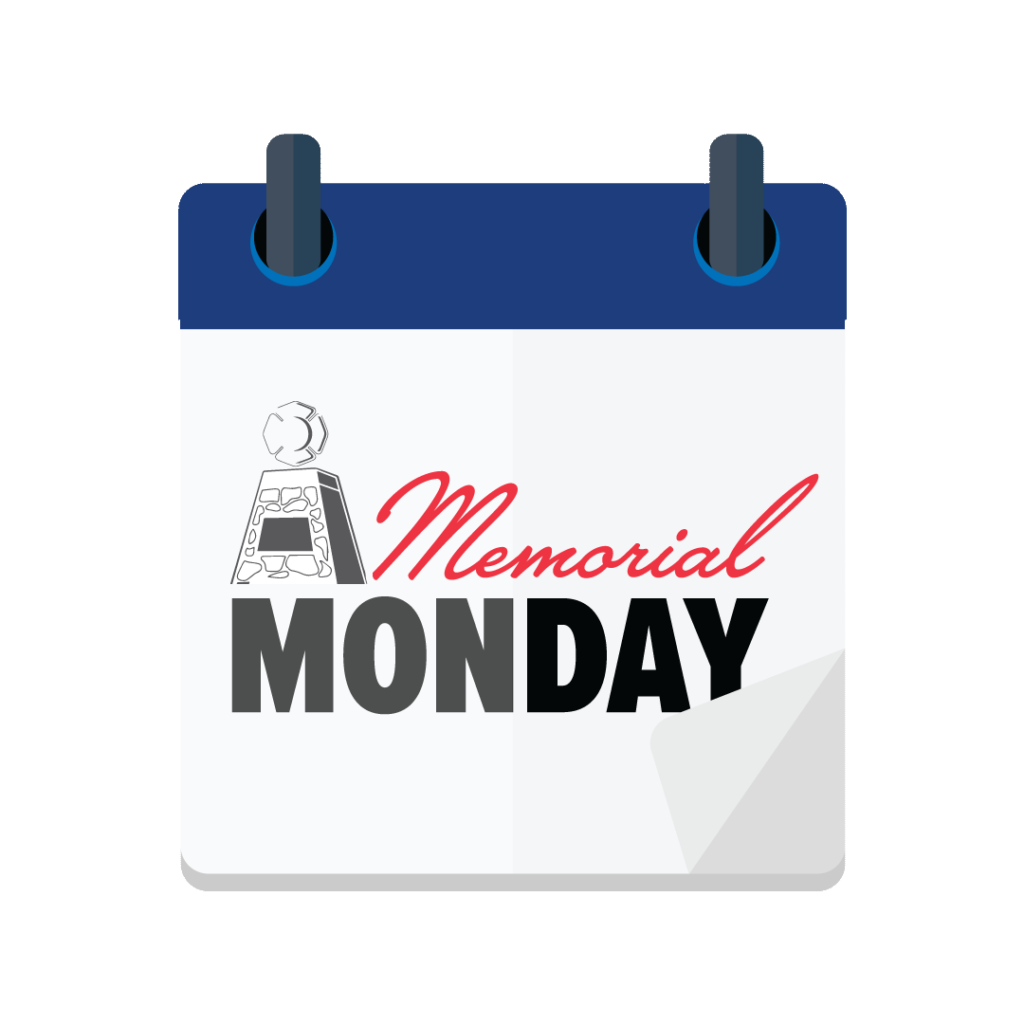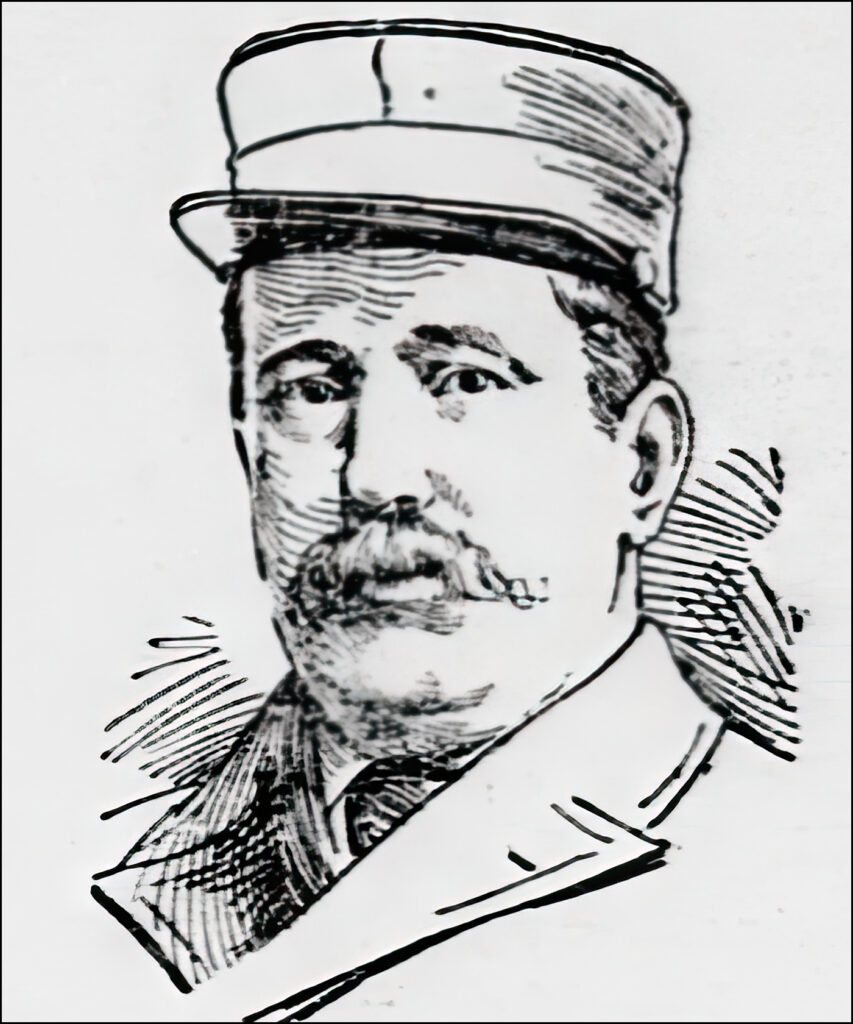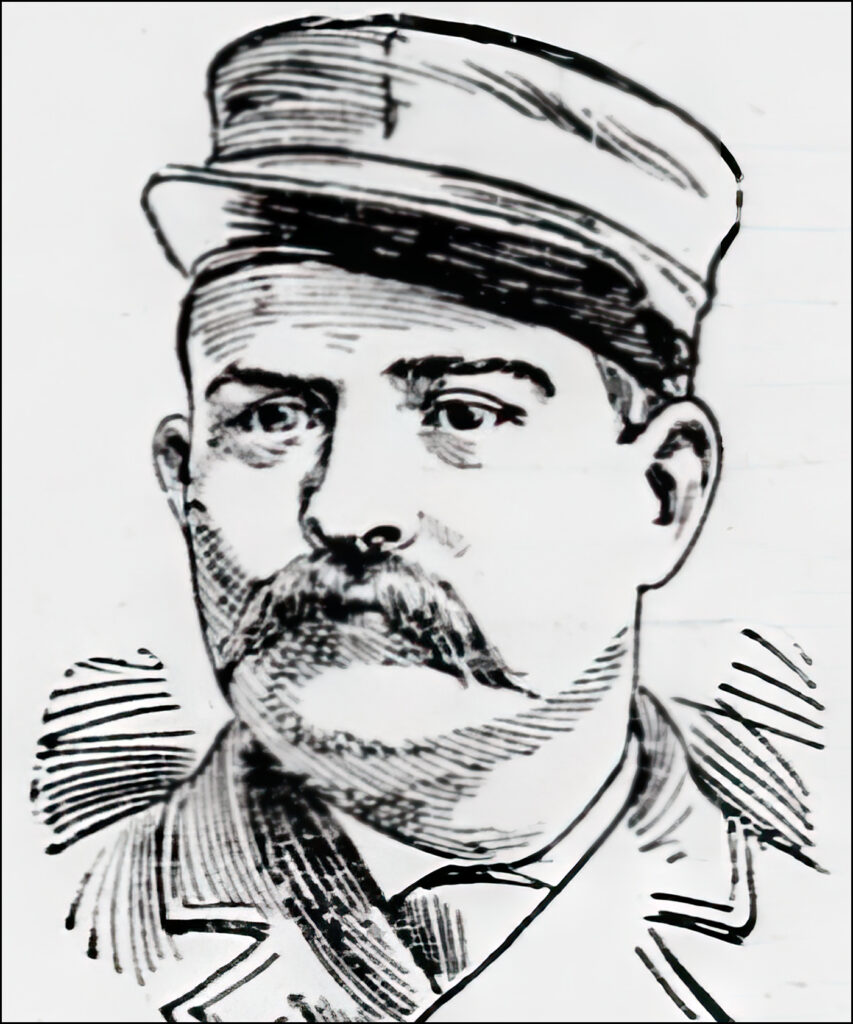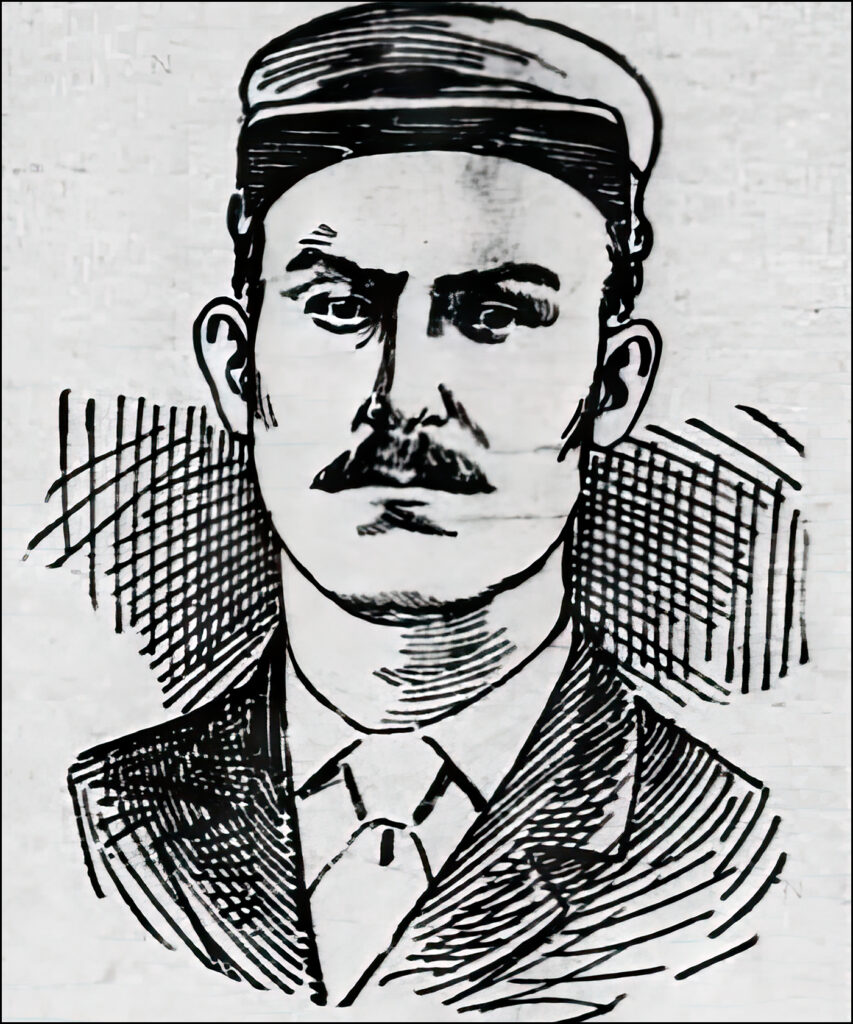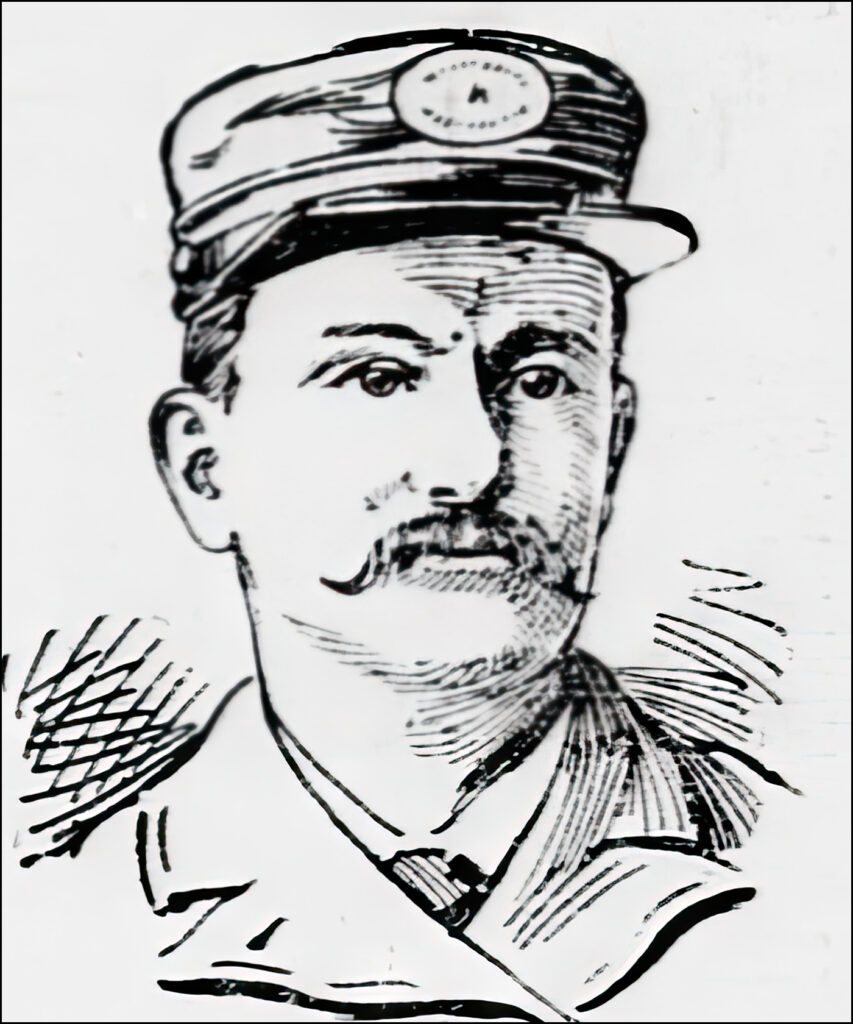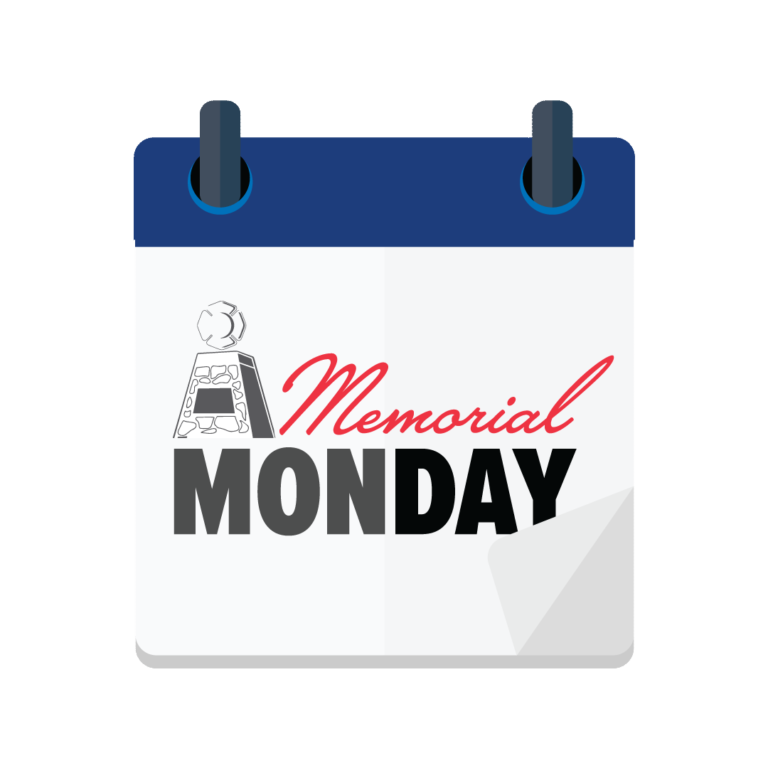Incident Date:
May 18, 1896
Department:
District of Columbia Fire & EMS Department (DC)
Number of Line-of-Duty Deaths:
5
At 8:00 pm on the evening of Monday, May 18, 1896, a severe thunderstorm rolled through the District, leaving devastating loss in its wake. During the storm, lightning struck a wire at the Postal Telegraph Office, located in the Commission House of W.S. Anderson on B Street (now known as Constitution Avenue) between 9th and 10th Streets.
The Telegraph Box and Switch
An electrical wire outside the building crossed one of the telegraph wires that connected to a switch box inside the building. During the storm, the electrical wire was struck, sparking the fire inside the telegraph office. First Assistant Chief Belt recalled, “I was at my home last night when the gong sounded. Forty-four single strokes in rapid succession was the first alarm received, and I imagined in a moment that the wires had been crossed and that accounted for the strange alarm. Scarcely a minute afterward I heard Engine No. 3 go by on the dead run, and then I knew that there was a fire and that the company had received the proper alarm.” Fire soon spread through the telegraph office and to the surrounding businesses. Twenty minutes after the firefighters arrived, the majority of the block was in flames. The fire could be seen from throughout the city and the flames shot into the sky—even higher than the brand-new post office, which was not far away. Chief Belt—recalling his arrival on the scene—said, “I witnessed a sight that told me in a moment that the fire department of Washington would be taxed to its utmost. I had four companies on that first alarm, and after placing them two at each end of the block, for at that that time the entire square seemed ablaze, I sent my man for the second alarm. As I ran along Louisiana Avenue in front of the burning buildings, I saw that the flames were rapidly spreading. I ran myself to a telephone and sent in the general alarm calling out the entire department.”The Commission House, Merchant Square, and the Central Guardhouse
The Commission House stood in the area of Louisiana Avenue along the C&O Canal and contained many merchants. The upper floors of the Commission House stored produce and other goods¬—which meant that they were loaded with flammable crates and boxes from the items being sold at the market below. There were no alleys surrounding the square, leaving the fire department nowhere to position their crews and apparatus. They had to rely on the surrounding streets and other buildings that were not impacted by the fire—so as crowds began to gather, the battle was made even harder. The local militia, the Morton Cadets, who had just returned from a competition in Savannah, Georgia, also made their way to the scene. Just as the general alarm was struck, the fire reached Mr. Bensinger’s Horse and Carriage Bazaar, which at the time housed fourteen horses. Chaos broke out, but many of the gathering bystanders helped to bring the horses to safety and thankfully none were lost in the fire. Firefighters worked valiantly to contain the fire as the wind ushered in by the previous storm drove the fire. Barrels of kerosene and gasoline exploded around them as fire spread over the block. In all, twenty-two buildings were damaged or destroyed, but firefighters positioned themselves and their engines so that the fire did not spread east or west beyond the square. At around 9:30, when they had the majority of the fire on B Street under control, firefighters turned their attention to the buildings on Louisiana Avenue. W.E. Clark & Company, which sold agricultural implements, was in the old Central Guardhouse that had been used during the Civil War.All Hands Working
Firefighters directed their streams into the upper floor windows W.E. Clark & Company. Later, firefighters from Engine 8 ran their hose line in the front door into the building. Already weakened by fire, the structure collapsed—trapping four firefighters from Engine 8, including William J. McElwee, Joseph Mulhall, Arthur Donaldson, and George W. Kettler. The crew of Engine 9 was working in the back of the structure when the collapse occurred, and they immediately realized they needed to protect those who had been trapped. Firefighters Brown, Raum, Kidwell, Conway, Inscoe, and Griffin repositioned themselves inside the building on the third floor. At around 10:00 pm, firefighters made their first rescue. As firefighters brushed the soot from their comrade’s face to see who they rescued, Arthur Donaldson said, “I’m alright, boys, but you got me out just in time. There are more of ‘em back there.” Fifteen minutes later, they found a leg sticking up amongst the heavy timbers and firefighters worked to free William McElwee. While they worked, a cup of water was handed down to him; within 30 minutes, he was freed. An hour later, a badly burned Joseph Mulhall was rescued from the crushing wreckage and rushed to the hospital in a patrol wagon. Assistant Foreman George Kettler was found further inside the structure, trapped by a heavy beam across his chest. Despite being pinned, he called out to encourage his comrades as they made their way toward him. Kettler’s brother and father were in front of the building, anxiously awaiting news of his status. Firefighters came out to calm George’s father as he paced nervously—but George’s brother, who could not stand waiting, rushed in with a group of firefighters to help. Shortly after midnight, just as they reached George and provided him with water, a loud crack was heard. The adjacent building had also collapsed, trapping Kettler’s rescuers. For a moment, bystanders and firefighters stood in shock and horror until they saw four firefighters climbing out of the debris. A cheer went up from the crowd as firefighters made their way to safety. But this small celebration was short-lived, as firefighters soon reported that several members of Engine 9 were missing. Firefighters and bystanders alike rushed to help, but flames drove them back. As fire raged around them, firefighters used their hose lines to protect their progress—and those who were still trapped. After fifteen minutes of firefighters and citizens digging and heaving charred timber and smoking beams into the street, they recovered the body of George P. Giles, who had been crushed. The search continued into the morning hours as crews worked to free firefighters Conway, Griffin, and Kettler. At around 1:40 a.m., George Kettler was freed and transported to Providence Hospital. He would later die of his injuries two days later. Also just after 1:00 am, a group of African American men working with Truck C—twenty in all—began digging through hot bricks and debris toward the basement, where firefighters Conway and Griffin were believed to be. Although they were certain that the two men could not have survived the collapse and the ongoing fire, The Evening Star noted that the crew’s search “was pursued with no less energy and devotion.” They worked through smoke, the spot fires around them, and the threat of another collapse. At around 5:00 am, they recovered the bodies of Private Conway and Assistant Foreman Griffin. The two men were found together about five feet from their hose line.The Community Rallies Around the Families and the Department
The tragic Commission House fire underscored the need for more firefighters and equipment in the city of Washington, DC. At the height of the fire, every firefighter and piece of apparatus was in use—leaving the rest of the city completely vulnerable had there been another fire. In the days following the fire, many contributed for the care and welfare of the families.- The Washington Times set up a fund for the firefighters’ families and collected donations from those in the city.
- Many community members, businesses, and fraternal organizations, including the Elks, the Odd Fellows, and Lafayette Post of the Grand Army of the Republic (G.A.R), set up charity benefits for the families of the fallen.
- The newly formed Marine Corps band and local theatre guilds also put together a benefit performance.
- Captain E.S. Randall and the Marshall Hall Steamboat Company donated the use of their steamboats for the fire department and the families to gather on the water of the Potomac.
- The governors of the National Fencibles donated a horse and trap for the use of the families; in addition, the horse was taken to one engine house and later raffled for the benefit of the families.
